Making A Modern American Art: 1920 – 1930
The 1920s were a time of prosperity in America. World War I had ended and the pessimism of the 1910s turned into optimism for modern life. American artists continued to focus on developing their artistic voices and both institutions and galleries were formed to bring their work to a broader audience.
Politically, the 1920s was a period of isolationism, and this thinking affected the cultural interests of the country. There was a push to define American art outside of European influences. Folk Art emerged in this decade as a form of primitive American art. In 1929, Edith Halpert along with Holger Cahill started the American Folk Art Gallery as the first space where American folk art was promoted and sold. In a similar vein, in 1926, the restoration of Colonial Williamsburg started, financed by John D. Rockefeller, Jr. to preserve a colonial American town.
Precisionism
Artists also continued to find their voices beyond the influences of Europe. Around 1920, some American artists began to work in a new style, Precisionism, that controlled and diluted form down to basic shapes. Artists like Charles Demuth, Charles Sheeler, Elsie Driggs, Ralston Crawford, and Louis Lozowick, found some inspiration in European models such as Cubism, but chose subjects that were undoubtedly American and emblematic of modern life: urban landscapes, steel mills, and factories. The Precisionist preoccupation with “the machine” made sense: in the 1920s there was a great deal of optimism surrounding what factories and machines could build. In 1927, the Machine-Age Exposition held in New York brought together artists and engineers to exhibit architecture, the industrial arts and fine art together in one space. Works by Demuth and Sheeler were displayed next to cogs and motorboat propellers to create a machine-age aesthetic that exhibited the possibilities of modern life.
Realism
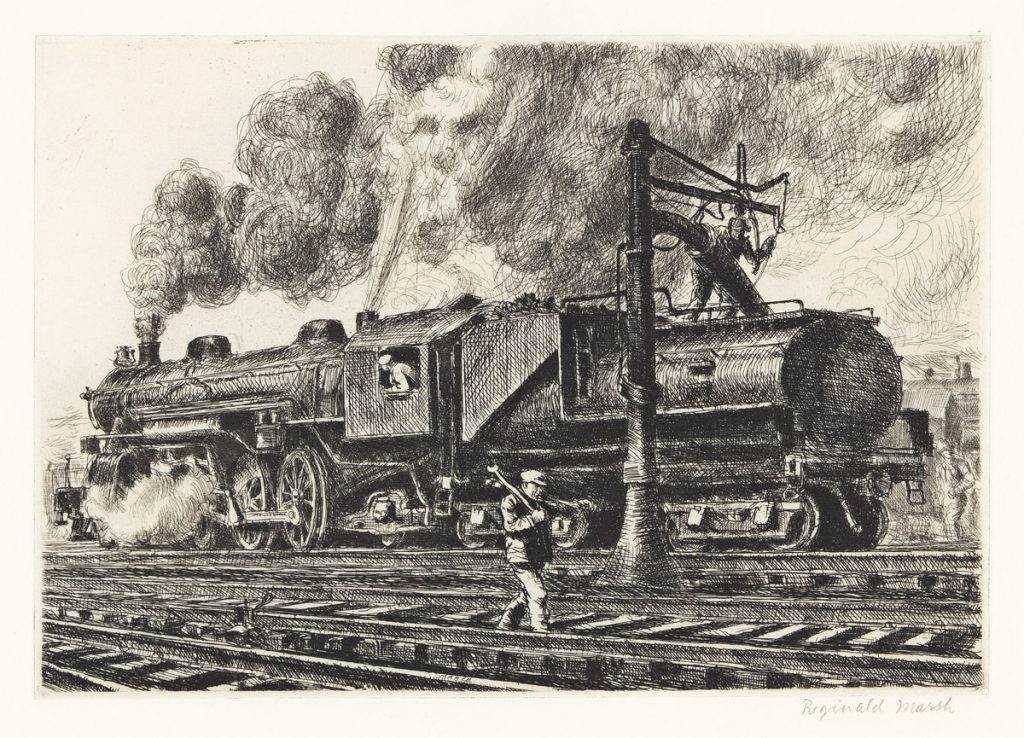
Realism, however, still had its place in American art. During the 1920s, a group of artists set up studios around Union Square and 14th street. They were fittingly called The Fourteenth Street school and focused on figuration. Artists like Isabel Bishop, Raphael Soyer and Reginald Marsh depicted the urban environment and its inhabitants. Unlike the Ashcan School, they were less focused on the city’s poor, but instead, highlighted the figure of the New Woman who worked and lived outside the home.
Edward Hopper Moves to Become A Working Artist
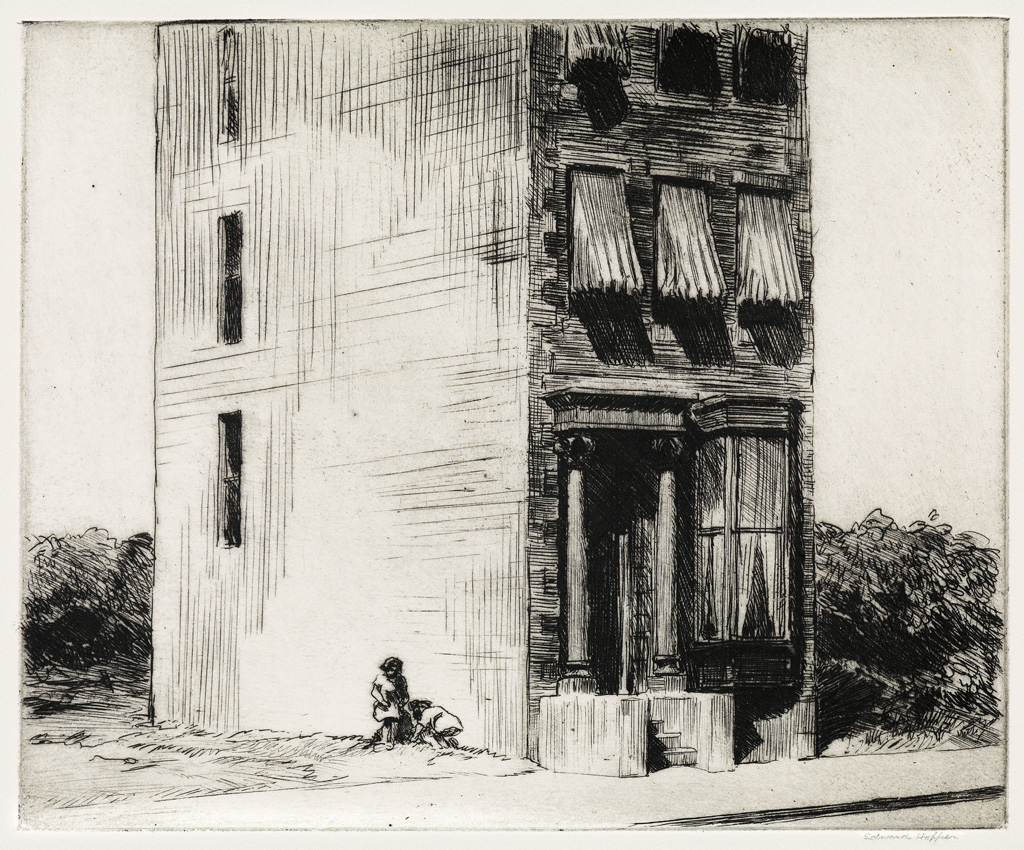
During this decade Hopper worked to solidify his standing as a working artist rather than an illustrator. In 1923, six of his watercolors were included in the Brooklyn Museum’s International Watercolor Exhibition and the Brooklyn Museum bought Mansard Roof. The following year, he quit working as an illustrator to focus on his painting. He also married his wife Josephine “Jo” Verstille Nivison, who was his record keeper and often modeled for him. During the 1920s the artist sold works to the Art Institute of Chicago, the Metropolitan Museum of Art, the Pennsylvania Academy of the Fine Arts, and to the collector Duncan Phillips. By the end of the decade, he sold House by the Railroad to The Museum of Modern Art—the first painting by any artist to enter the museum’s permanent collection.
The Founding of An American Icon—the Museum of Modern Art
Museums and galleries were opened during this decade to specifically support American artists. The Museum of Modern Art was founded in 1929 to challenge traditional museums and provide a space where modern art could be displayed. Its first exhibition was “Cezanne, Gauguin, Seurat, Van Gogh,” but it turned its attention to Contemporary European and American artists shortly thereafter. Stieglitz returned to exhibition work when he opened the Intimate Gallery in 1925; he showed the works of American artists in his inner circle: Demuth, Dove, Hartley, Marin and O’Keeffe. He continued exhibiting their work at his gallery, An American Place, which opened in 1929. Edith Halpert started the Downtown Gallery in 1926 as a place where contemporary American artists could sell their work.
In 1929 with the stock market crash, the prosperity and hopefulness of the decade ended. Nevertheless, the decade that followed would bring unprecedented opportunities for artists in America.
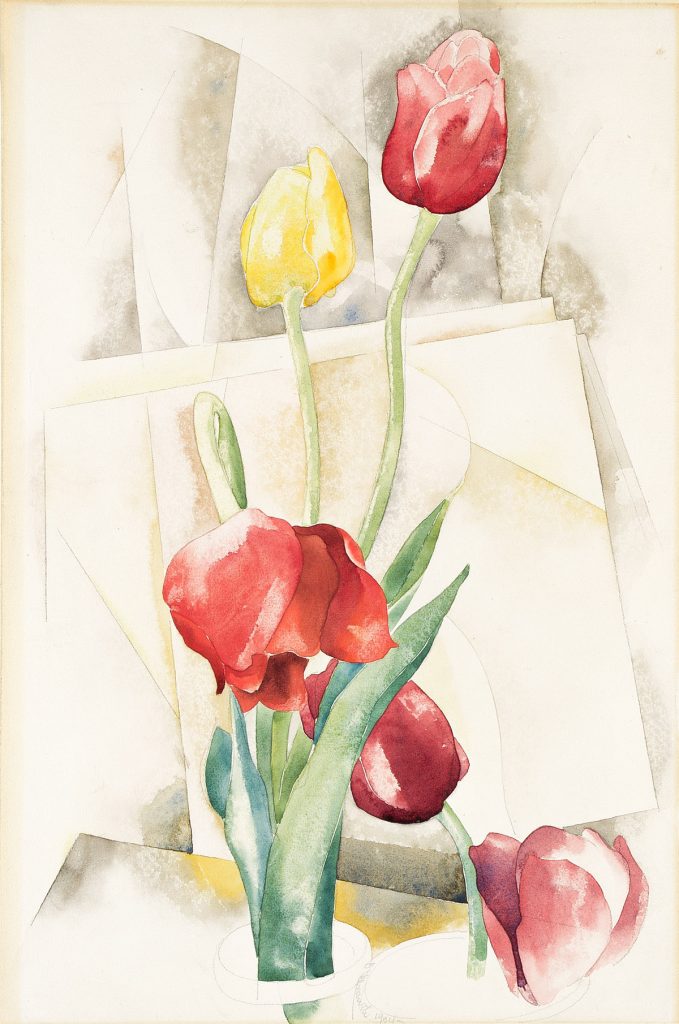
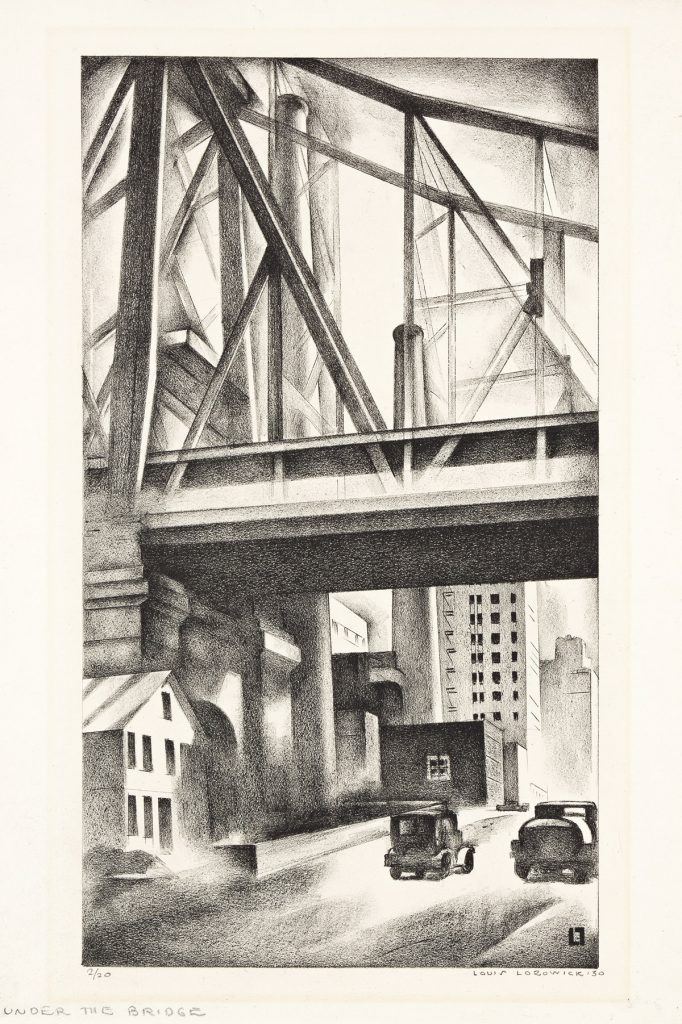
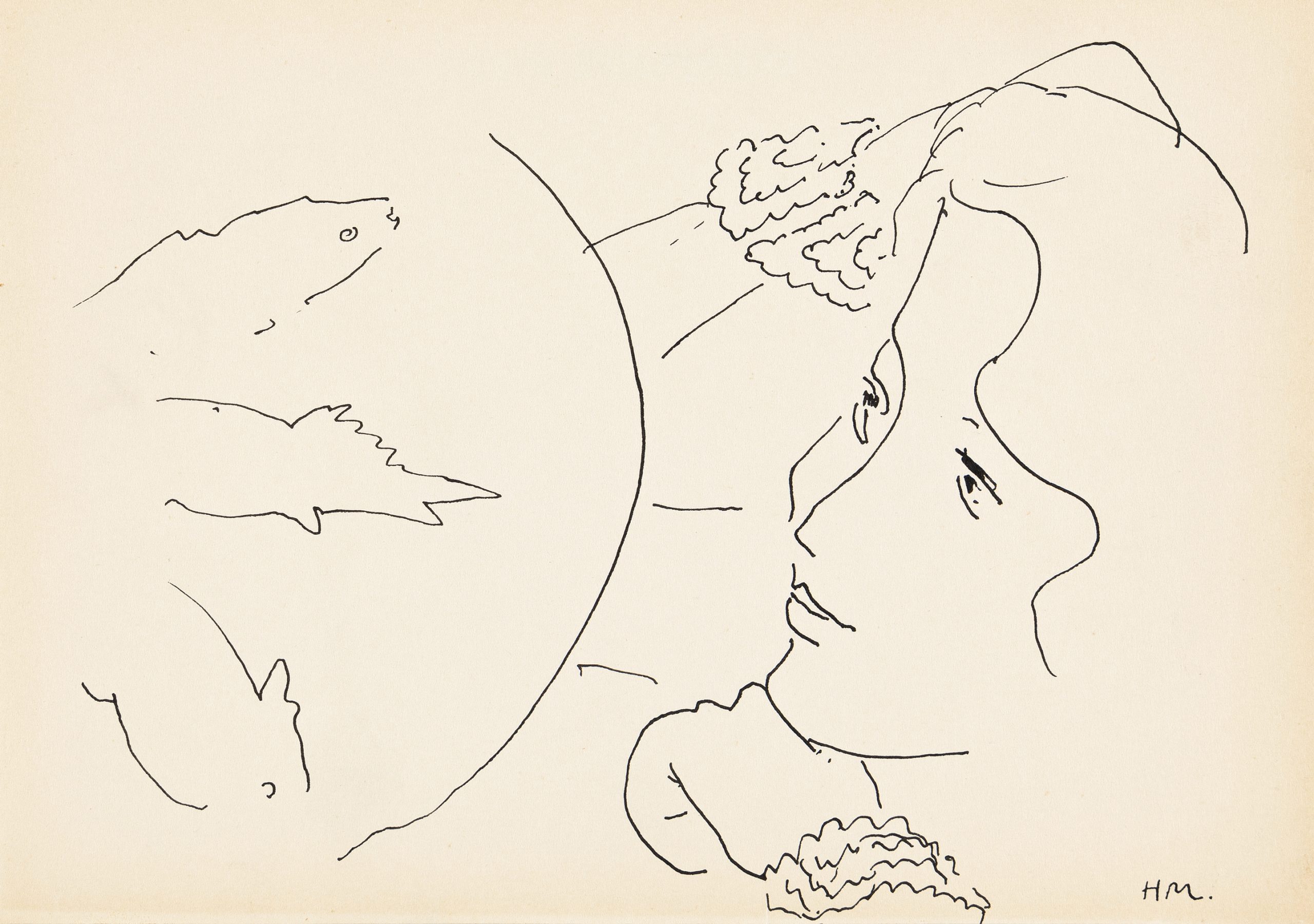
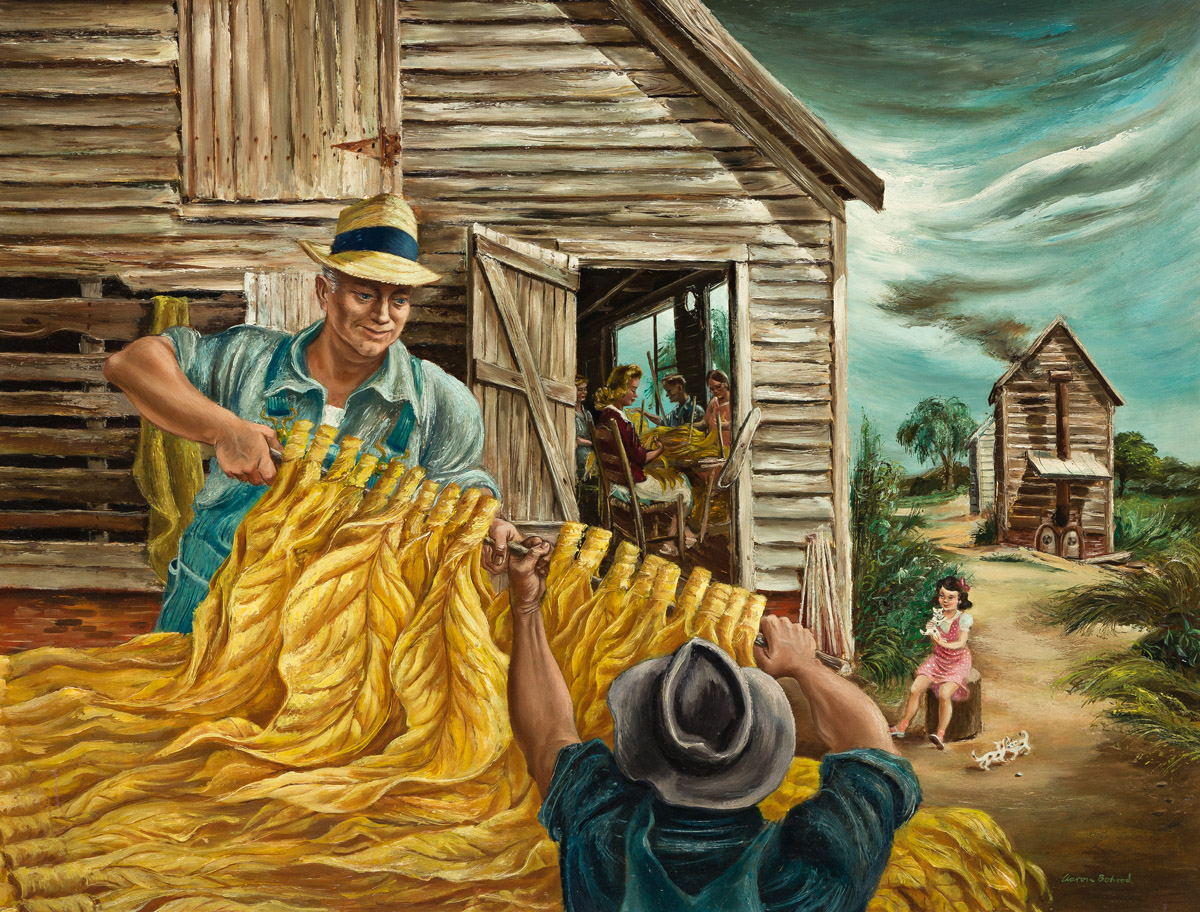
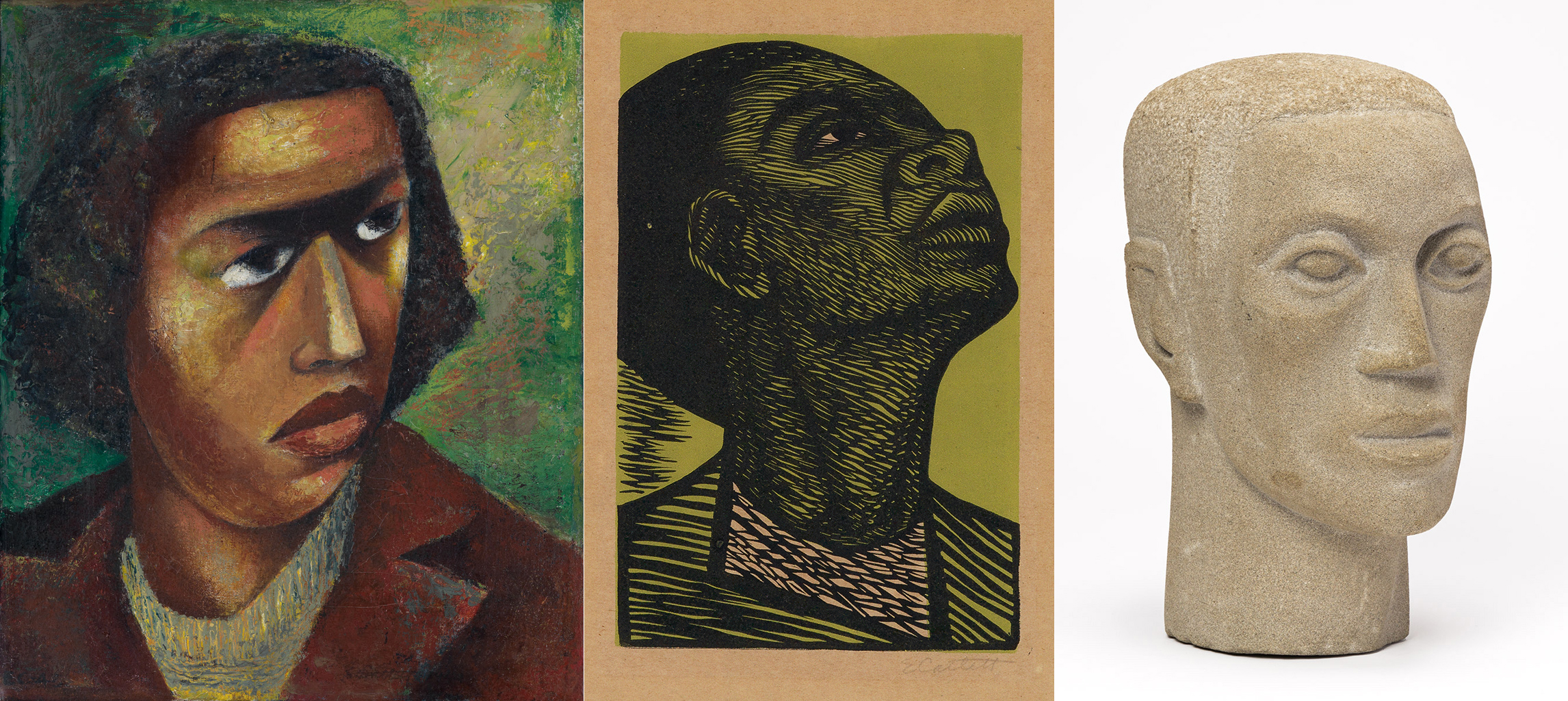










![Grace Meschery-McCormack shares about two copies of Fernando de Rojas’s ‘La Célestine,’ including a limited edition copy illustrated by Pablo Picasso.
At auction April 22. Learn more about the works at the link in our bio.
#Rarebooks #rarebookdealer #antiquarianbooks #auctions
_______________________________________
Music Credit:
Schubert - Piano Quintet in A major ‘The Trout’, D. 667 - IV. Andantino – Allegretto
Music provided by Classical Music Copyright Free on Youtube [https://tinyurl.com/visit-cmcf]
Watch: • Schubert - Piano Quintet in A major ‘...]](https://scontent-iad3-1.cdninstagram.com/v/t51.75761-15/491443494_18499096345036585_5935932878956098058_n.jpg?stp=dst-jpg_e35_tt6&_nc_cat=107&ccb=7-5&_nc_sid=18de74&_nc_ohc=u_iWjSzBq6AQ7kNvwGP43px&_nc_oc=Adm2-RoP-ycffpqdlTNCCefFvNYdnM4Jbat2wE7WtBletQyey5mIGvoT4Ix2A95fVyg&_nc_zt=23&_nc_ht=scontent-iad3-1.cdninstagram.com&edm=AM6HXa8EAAAA&_nc_gid=Pw0qL-yA0Ei5Tn7vuIAhLg&oh=00_AfGKgglpenacolfIuAcVtmpO6AlG9U4xei8m4ZPWT3BTQg&oe=681D89D1)




